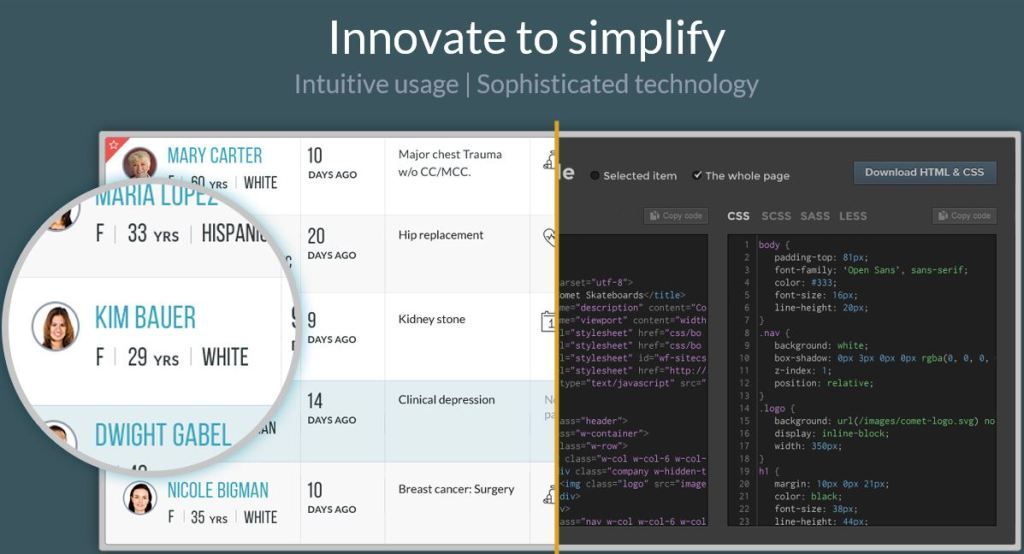 The Disease Management Care Blog used to make grape wine. Its stand of Foch vines was well suited to the northeast U.S. climate and reliably yielded an adequate if unrefined extract. It was great fun to dump juice, crushed skins, stems and leaves into a large bin every August, measure specific gravity with a hydrometer, guesstimate additional amounts of water and sugar, add the yeast and stand back. Once the foamy fementation began, it filled the DMCB's house with a sweet thick odor. The smell was disquieting, but the DMCB calmed the spouse by reminding her that the scent was evidence of God's angels at work. What else could account for miracle of trading carbon dioxide for ethanol?
The Disease Management Care Blog used to make grape wine. Its stand of Foch vines was well suited to the northeast U.S. climate and reliably yielded an adequate if unrefined extract. It was great fun to dump juice, crushed skins, stems and leaves into a large bin every August, measure specific gravity with a hydrometer, guesstimate additional amounts of water and sugar, add the yeast and stand back. Once the foamy fementation began, it filled the DMCB's house with a sweet thick odor. The smell was disquieting, but the DMCB calmed the spouse by reminding her that the scent was evidence of God's angels at work. What else could account for miracle of trading carbon dioxide for ethanol?How will ACOs help primary care physicians not rely on emergency rooms and specialists to off-load the work of complex patients? Foch grapes do not a Chardonnay make.
In reading the report, the paranoid DMCB gets the distinct impression that the "shared savings" are really intended to build a better - and bigger - health care delivery system. Yet, if the PCMH does its job, the ACOs will need smaller hospitals and fewer specialists. If money doesn't get taken out of the system, how will the ACO business model succeed?
Water: This is a patient population of 'sufficient size' from multiple payers, including Medicare, to support performance measurement and stability of expenditure projections. The authors suggest an ACO needs 70% of patients in a shared savings pool to make this work.
The DMCB can't tell how the planners intend to format and reconcile claims data from multiple payers and then mix it in with clinical data from pharmacy and clinical electronic records. More to follow.......
This is a good point, but the DMCB cautions that being a physician leader or CEO may not automatically qualify anyone for running a risk-bearing ACO. For that, an ACO may need an insurance executive or someone from the disease management industry.
The same can be said of ACOs.












No comments:
Post a Comment